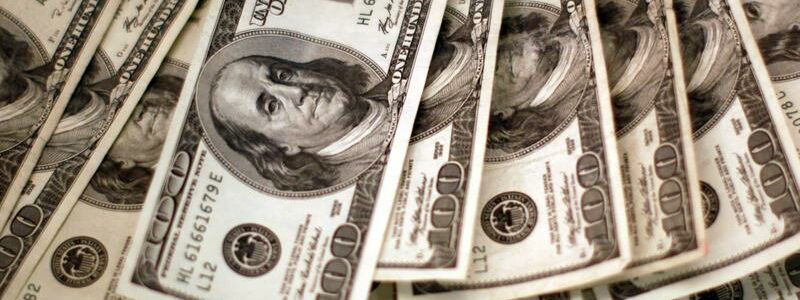
Dollar holds above recent lows as traders wait for inflation data
LONDON (Reuters) – The dollar struggled to hold on to its gains on Thursday as more investors weigh up whether the Federal Reserve is edging closer to talking about tapering its asset purchases, and as traders wait for this week’s closely watched U.S. inflation data.
In a market heavily short dollars, the mere suggestion of tapering is enough to temper further selling, and against the euro and the yen the dollar held late Wednesday gains early in the Thursday Asia session.
The euro traded at $1.2199, unchanged on the day, and the yen near a one-week low at 109.13 per dollar. Sterling dipped to a week-low of $1.4136 before recovering slightly.
Fed officials have this week downplayed immediate concerns about inflation prompting a knee-jerk policy response. But they – and notably influential vice chair Richard Clarida – have made a subtle shift in tone by acknowledging that the time to talk about policy changes might be approaching.
Still, most analysts think the Fed actually talking about reining in its asset purchases is some way off, limiting any rebound in the dollar.
“We don’t see comments by Fed Vice Chair of Supervision Randal Quarles about the importance of starting the discussion on quantitative easing tapering plans as having a longer lasting positive impact on USD, as tapering later this year is expected by the market and is not imminent – we look for first hints at tapering during the Jackson Hole in August,” ING analysts said.
“This means that the near-term spikes in USD should be rather short-lived, particularly when the eurozone economic data are set to continue improving.”
The dollar’s bit of strength on Thursday did clip the wings of the kiwi briefly after hints of a 2022 rate hike by the Reserve Bank of New Zealand. The New Zealand dollar pushed to as high as $0.7304, below its Wednesday high. The Australian dollar rose 0.1% to $0.7753.
Market attention now turns to U.S. inflation data due on Friday as investors gauge the extent of a jump in price growth in recent months.
Economists expect core PCE (personal consumption expenditures) prices to jump 2.9% year-on-year in April, compared with a year-on-year rise of 1.8% a month earlier.
“The PCE deflator will be even more closely watched,” said Commonwealth Bank of Australia currency strategist Kim Mundy.
“The fact that we’re expecting to see quite a strong jump in headline inflation might just reinforce market expectations that maybe the Fed is on track to introduce tapering later this year.”
The latest fretting about inflation was triggered when data in mid-May showed April U.S. CPI running at an annual clip of 4.2% – juiced by the low base of the pandemic year, but still well above forecasts for 3.6%.
It has given dollar bears pause for thought, stalling a downtrend in the dollar index and hemming most majors into ranges while the world awaits more data to learn whether the lift is transitory.
Source: Read Full Article